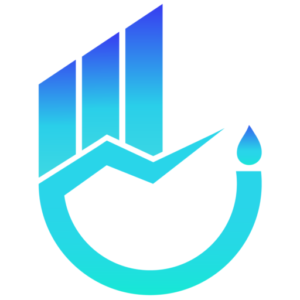The derivatives market is one of the most important financial markets in the world. It is a market where contracts are traded between two parties in order to transfer the risk associated with the underlying asset. There are many different types of derivatives, and each has its own purpose and use. The most common types of derivatives are futures, options, and swaps. Futures contracts are used to hedge against price movements in the underlying asset.

For example, if you are a farmer and you are worried about the price of corn going down, you might buy a corn futures contract. This contract gives you the right to sell corn at a set price on a specific date in the future. Options are another type of derivative that can be used for hedging or speculation. An option gives you the right, but not the obligation, to buy or sell an asset at a set price on a specific date in the future.
Swaps are derivative contracts that are used to exchanged one asset for another. For example, you might enter into a swap agreement where you agree to exchange your interest payments on a loan for someone else’s interest payments on a different loan.
The Different Types Of Derivatives Markets
Derivatives markets can be broadly classified into two categories: exchange-traded and OTC. Exchange-traded derivatives are those that are traded on a formal exchange, such as the Chicago Mercantile Exchange (CME). These instruments are standardized in terms of their contract size, expiration date, and delivery method.
On the other hand, OTC derivatives are privately negotiated between two counter parties and are not traded on an exchange. These contracts are typically customized to the specific needs of the counter parties involved.
The most common types of derivatives traded in exchanges are futures and options. Futures contracts are agreements to buy or sell an asset at a future date at a predetermined price. Options give the holder the right but not the obligation to buy or sell an asset at a future date at a predetermined price.
Other common exchange-traded derivatives include forwards and swaps. Forwards are similar to futures in that they involve an agreement to buy or sell an asset at a future date; however, unlike futures, there is no standardization in terms of contract size or delivery method. Swaps are derivative contracts in which two counter parties agree to exchange cash flows based on underlying assets or indexes. The most common type of swap is the interest rate swap, in which one party agrees to pay fixed-rate interest payments in exchange for receiving variable-rate interest payments from the other party.
OTC derivatives comprise a much larger portion of the overall derivatives market than exchange-traded instruments
The Pros and Cons of Derivatives Trading
Derivatives are financial instruments whose values are derived from the underlying asset. The most common types of derivatives are futures, options, and swaps. Derivatives can be used for hedging or speculation. Hedgers use derivatives to protect themselves from price fluctuations in the underlying asset. Speculators use derivatives to bet on the future price movements of the underlying asset.
There are pros and cons to both hedging and speculation. Hedging can help protect against losses but can also limit potential gains. Speculation can lead to large profits but can also result in large losses. Before deciding whether or not to trade derivatives, it is important to understand both the risks and rewards involved.
How to Get Started in Derivatives Trading
If you’re interested in derivatives trading, there are a few things you need to know before getting started. Here’s a quick guide on how to get started in the derivatives market:
1. Decide what type of derivative you want to trade. There are many different types of derivative products, including options, futures, and swaps. You’ll need to decide which type of product best suits your investment goals and trading style.
2. Select a broker or trading platform. Once you’ve decided what type of derivative you want to trade, you’ll need to find a broker or trading platform that offers that product. Make sure to compare fees and features before selecting a platform.
3. Fund your account and start trading. Once you’ve selected a broker or platform, you’ll need to fund your account before you can start trading. Most brokers will require a minimum deposit, so be prepared to fund your account accordingly.
4. Monitor your positions and manage risk . It’s important to closely monitor your positions and manage your risk when trading derivatives. Be sure to set stop-loss orders and take profits when appropriate to protect your capital .
Also Read: What is Commodity Trading? What is MCX?

